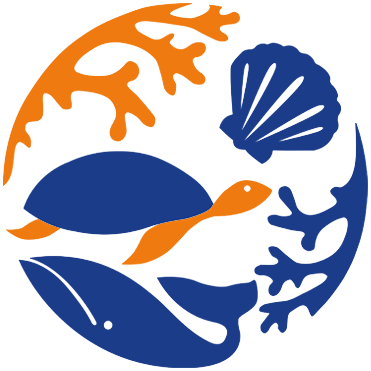Phalacrocorax auritus (Lesson, 1831)
Double-crested cormorantGoogle image |
No photo available for this species.
Classification / Names Populärnamn | synonymer | CoL | ITIS | WoRMS
Aves | Pelecaniformes | Phalacrocoracidae
Environment: milieu / climate zone / djupintervall / distribution range Ekologi
; sötvatten; brackvatten. Tropical
Distribution Länder | FAO områden | Ekosystem | Förekomster | Utplanteringar
Western Atlantic and Eastern Pacific. Tropical to boreal.
Length at first maturity / Size / Weight / Age
Könsmognad: Lm ? range ? - ? cm Max length : 90.0 cm TL hane/ej könsbestämd; (Ref. 94965); publicerad maxvikt: 2.6 kg (Ref. 356)
Short description Morfologi
Life cycle and mating behavior Könsmognad | Reproduktion | Lek | Eggs | Fecundity | Larvae
Main reference
referenser | Koordinator | Medarbetare
Lepage, D. 2007 Avibase -the World Bird Database. http://www.bsc-eoc.org/avibase/avibase.jsp [accessed 09/07/2007]. (Ref. 7816)
IUCN Red List Status
(Ref. 130435: Version 2025-1)
CITES status (Ref. 108899)
CMS (Ref. 116361)
Threat to humans
Human uses
| FishSource |
Verktyg
Ytterligare information
Max. ages / sizes
Length-weight rel.
Length-length rel.
Length-frequencies
Mass conversion
Abundans
Könsmognad
Fecundity
Lek
Eggs
Egg development
Larvae
Internet-källor
BHL | BOLD Systems | CISTI | DiscoverLife | FAO(Publication : search) | Fishipedia | GenBank (genome, nucleotide) | GloBI | Gomexsi | Google Books | Google Scholar | Google | PubMed | Tree of Life | Wikipedia (Go, sök) | Zoological Record


